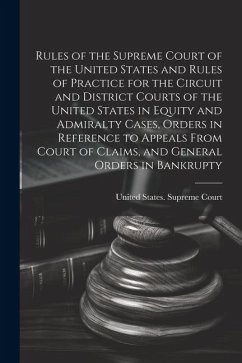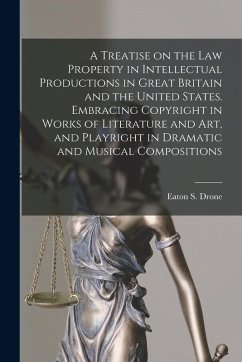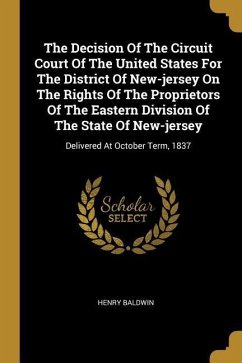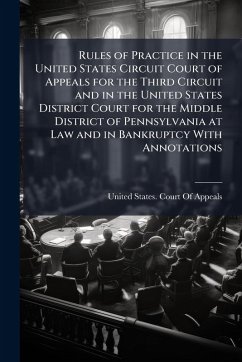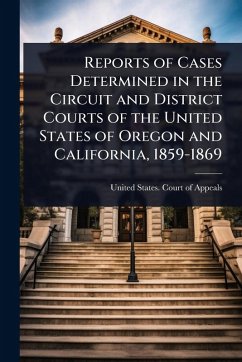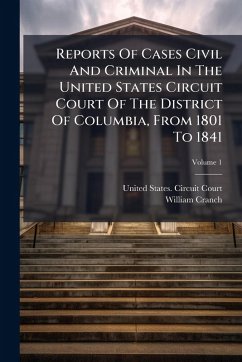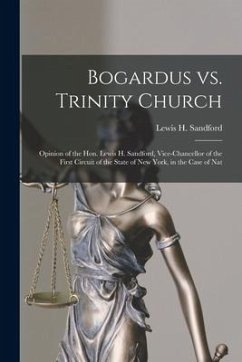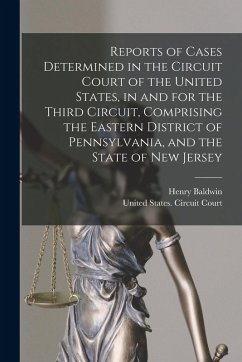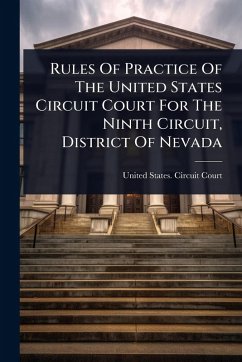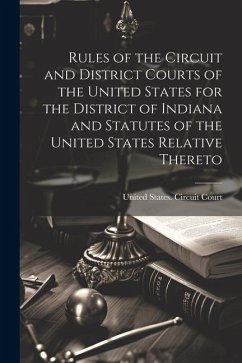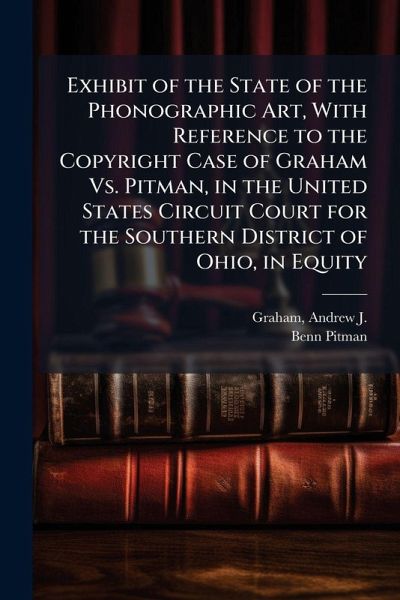
Exhibit of the State of the Phonographic Art, With Reference to the Copyright Case of Graham Vs. Pitman, in the United States Circuit Court for the Southern District of Ohio, in Equity
Versandkostenfrei!
Versandfertig in über 4 Wochen
17,99 €
inkl. MwSt.
Weitere Ausgaben:

PAYBACK Punkte
9 °P sammeln!
"Exhibit of the State of the Phonographic Art, With Reference to the Copyright Case of Graham Vs. Pitman" offers a fascinating glimpse into the 19th-century legal battles surrounding the burgeoning field of shorthand. This historical document details the arguments and evidence presented in a United States Circuit Court case concerning copyright infringement between Andrew J. Graham and Benn Pitman, two prominent figures in the development of phonographic systems. The exhibit provides valuable insights into the technical aspects of phonography as it existed in the mid-1800s, showcasing the comp...
"Exhibit of the State of the Phonographic Art, With Reference to the Copyright Case of Graham Vs. Pitman" offers a fascinating glimpse into the 19th-century legal battles surrounding the burgeoning field of shorthand. This historical document details the arguments and evidence presented in a United States Circuit Court case concerning copyright infringement between Andrew J. Graham and Benn Pitman, two prominent figures in the development of phonographic systems. The exhibit provides valuable insights into the technical aspects of phonography as it existed in the mid-1800s, showcasing the competing methods and innovations of Graham and Pitman. It serves as a primary source for understanding the evolution of shorthand and its impact on legal and business practices. Scholars and researchers interested in the history of language, law, and technology will find this exhibit to be an invaluable resource. This work has been selected by scholars as being culturally important, and is part of the knowledge base of civilization as we know it. This work was reproduced from the original artifact, and remains as true to the original work as possible. Therefore, you will see the original copyright references, library stamps (as most of these works have been housed in our most important libraries around the world), and other notations in the work. This work is in the public domain in the United States of America, and possibly other nations. Within the United States, you may freely copy and distribute this work, as no entity (individual or corporate) has a copyright on the body of the work. As a reproduction of a historical artifact, this work may contain missing or blurred pages, poor pictures, errant marks, etc. Scholars believe, and we concur, that this work is important enough to be preserved, reproduced, and made generally available to the public. We appreciate your support of the preservation process, and thank you for being an important part of keeping this knowledge alive and relevant.



